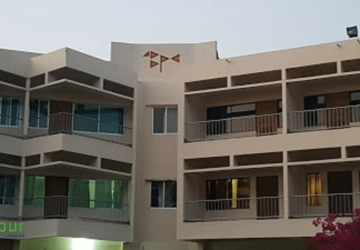District Overview
Division
Chattogram
Upzila
9
Area
2491.86 sq km
Population
2906281
Deputy Commissioner
Mohammad Salahuddin
Superintendent of Police
Md Saifuddin Shahin
District Portal
coxsbazar.gov.bd
National Emergency Service
999

Cox's Bazar District Map
About Cox's Bazar
Cox’s Bazar is a city, fishing port, tourism center, and district headquarters in southeastern Bangladesh. It is famous mostly for its long natural sandy beach, and it is infamous for the largest refugee camp in the world. It is located 150 km (93 mi) south of the divisional headquarter city of Chittagong.
Tourist Attractions
Hotels & Resorts
Hospitals & Clinics
Traditional Food & Dishes
No Traditional Food & Dishes Found.
Police Stations
Educational Institution
No school found.






